Thinghood: Object-related Themes in Contemporary A
Thinghood: Object-related Themes in Contemporary Art
If we say that philosophy was born of astonishment, then the earliest astonishment was born of the question, “what is this”. The meaning of “this” is more accurately described as “this thing”, i.e. things (objects, icons, bodies…). For this reason, we could say that philosophy is rooted in – essentially is – the question of “what this thing is”, and the answer to this question is also the answer to “what am I”.
Thinking on things has permeated the entire history of philosophy, though of course in different stages, things have had different identities and definitions, which for practical reasons we will not delve into here. Overall, from the ontological philosophy of the classical era to the subjective philosophy of the enlightenment, things have been derived and dominated objects, always a subordinate construct. This state of affairs did not change until after the philosophy of Nietzsche, when things began to gain their own decisiveness. With the disassembly of metaphysics, people gradually became aware of the presence of the body, signifiers and the unconscious, and eventually thwarted the schemes of subjective metaphysics. If we say that the first half the history of philosophy was about establishing a subjective unified philosophy, then the second half has been about using the power of things to cast doubt on, criticize and subvert this unified philosophy.
In art history we can also see such a phenomenon in that since modernism, all of the transformations in art history have more or less been about shifting the focus to thinghood; there is enough on this subject in art history to write an entire book. Here, however, we can only dabble a bit in using this theme to discuss certain Chinese artists and their works. The artists under discussion have been chosen because they can open up the following issues regarding “things”: what things are, how they appear, what relation their appearance has to art, and what the relationships are between things and man and things and society; all of these issues can fall under abstract thinking on thinghood and the specific presentation thereof.
December 20, 2008 - February 8, 2009Magee Art Gallery, E06, 798 Art District, No.4 Jiuxianqiao Road, Chaoyang District, Beijing
curator:Bao Dong
If we say that philosophy was born of astonishment, then the earliest astonishment was born of the question, “what is this”. The meaning of “this” is more accurately described as “this thing”, i.e. things (objects, icons, bodies…). For this reason, we could say that philosophy is rooted in – essentially is – the question of “what this thing is”, and the answer to this question is also the answer to “what am I”.
Thinking on things has permeated the entire history of philosophy, though of course in different stages, things have had different identities and definitions, which for practical reasons we will not delve into here. Overall, from the ontological philosophy of the classical era to the subjective philosophy of the enlightenment, things have been derived and dominated objects, always a subordinate construct. This state of affairs did not change until after the philosophy of Nietzsche, when things began to gain their own decisiveness. With the disassembly of metaphysics, people gradually became aware of the presence of the body, signifiers and the unconscious, and eventually thwarted the schemes of subjective metaphysics. If we say that the first half the history of philosophy was about establishing a subjective unified philosophy, then the second half has been about using the power of things to cast doubt on, criticize and subvert this unified philosophy.
In art history we can also see such a phenomenon in that since modernism, all of the transformations in art history have more or less been about shifting the focus to thinghood; there is enough on this subject in art history to write an entire book. Here, however, we can only dabble a bit in using this theme to discuss certain Chinese artists and their works. The artists under discussion have been chosen because they can open up the following issues regarding “things”: what things are, how they appear, what relation their appearance has to art, and what the relationships are between things and man and things and society; all of these issues can fall under abstract thinking on thinghood and the specific presentation thereof.
December 20, 2008 - February 8, 2009Magee Art Gallery, E06, 798 Art District, No.4 Jiuxianqiao Road, Chaoyang District, Beijing
curator:Bao Dong
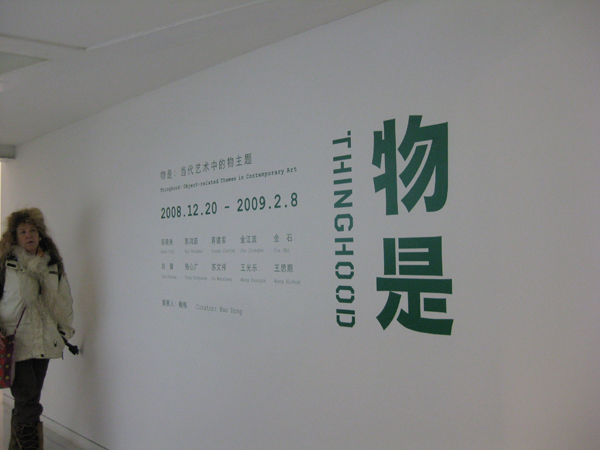
Yifu DENG
1974 Born in Guangdong, China
Lives and works in Guangzhou, Beijing China
Yifu Incoming Material Processing Factory (Experimental)
2005--2006
Installation
Variable Dimensions
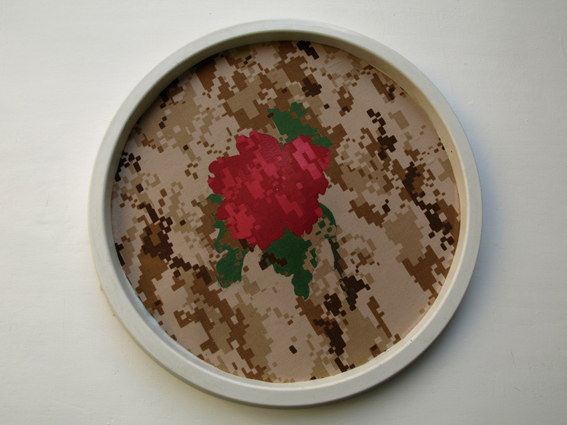
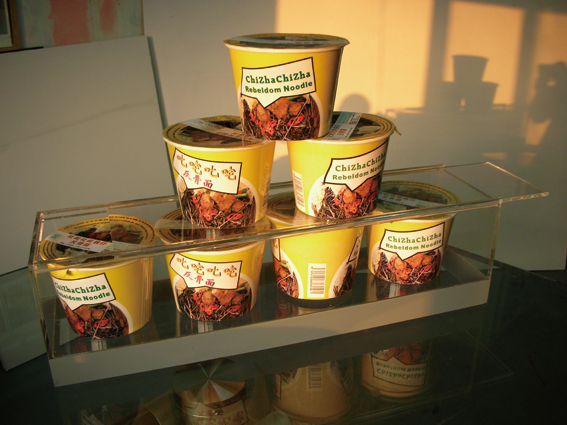
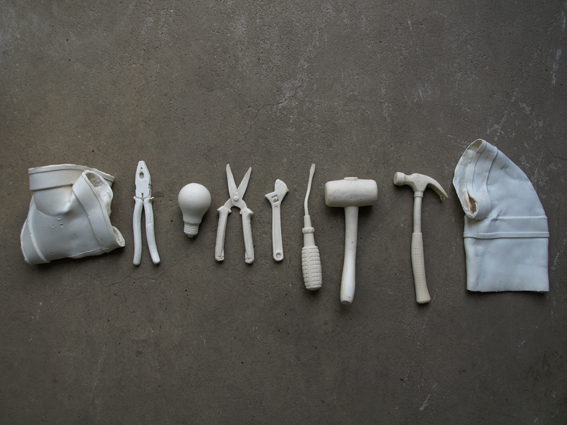
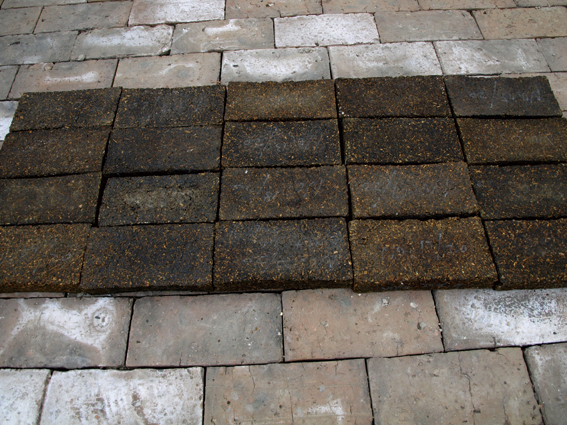
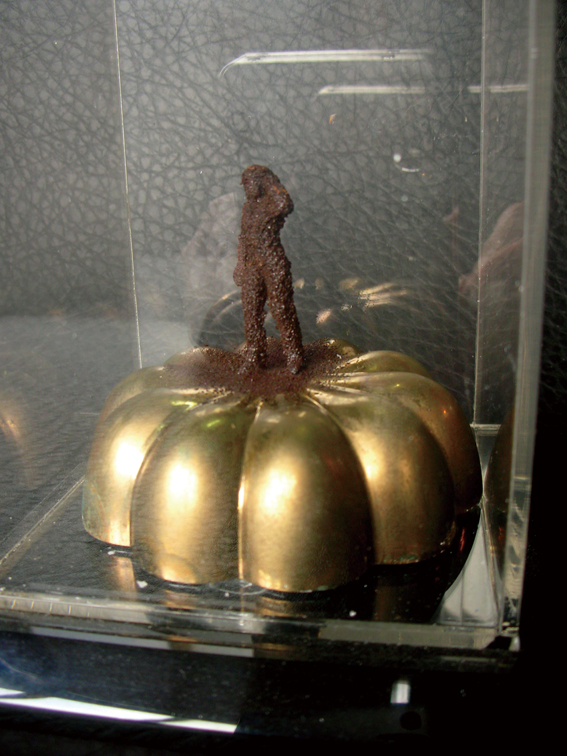
Yifu Incoming Material Processing Factory (Experimental) The incoming material Processing Economic Mode is unusual in that no prototype can be based and no requirement can be foreseen before the order is made. As an alternative economic mode, it stands against the mass production, the standardization and the assimilation. Besides, the Incoming Material Processing Factory is also a mobile manufacturer. Via the variation of common economic rules, the Incoming Material Processing Factory penetrates our daily life. Its independence as an individual is maintained by a type of reverse thinking, so that the absurdness of the mainstream economic rules is obviously perceived. The project is able to promote the communication, dialogue and trust between the artist and the clients. The mutual trust will be the core as well as the base of the project. Still more interesting is that the product is created especially for a certain individual instead of the major consumers, which is in a way similar to the handmade gift for your first love. In the society we are living in, the practical and the instant aspects of objects are usually more highly regarded. On the contrary, the Incoming Material Processing Mode is anti-practicability and anti-instantaneity. Under the disguise of a common processing manufacturer, Yifu Incoming Material Factory exists in a different production process as a communicational and reflective medium of the contemporary life. Principles of the Incoming Material Processing: 1. Incoming materials can be concrete objects or conversation. 2. After filling out a form, clients must pay the processing fee (symbolically). 3. Clients can fetch one or several pieces of artworks a few days later. 4. If many pieces of equal products can be produced from the raw materials, the factory has the right to possess one of them. 5. Clients shall not intervene the final decision on how the factory will process the raw materials. 6. (Hopefully) there will be a certain direct or indirect relationship between the artwork and the client.s
1974 Born in Guangdong, China
Lives and works in Guangzhou, Beijing China
Yifu Incoming Material Processing Factory (Experimental)
2005--2006
Installation
Variable Dimensions
Yifu Incoming Material Processing Factory (Experimental) The incoming material Processing Economic Mode is unusual in that no prototype can be based and no requirement can be foreseen before the order is made. As an alternative economic mode, it stands against the mass production, the standardization and the assimilation. Besides, the Incoming Material Processing Factory is also a mobile manufacturer. Via the variation of common economic rules, the Incoming Material Processing Factory penetrates our daily life. Its independence as an individual is maintained by a type of reverse thinking, so that the absurdness of the mainstream economic rules is obviously perceived. The project is able to promote the communication, dialogue and trust between the artist and the clients. The mutual trust will be the core as well as the base of the project. Still more interesting is that the product is created especially for a certain individual instead of the major consumers, which is in a way similar to the handmade gift for your first love. In the society we are living in, the practical and the instant aspects of objects are usually more highly regarded. On the contrary, the Incoming Material Processing Mode is anti-practicability and anti-instantaneity. Under the disguise of a common processing manufacturer, Yifu Incoming Material Factory exists in a different production process as a communicational and reflective medium of the contemporary life. Principles of the Incoming Material Processing: 1. Incoming materials can be concrete objects or conversation. 2. After filling out a form, clients must pay the processing fee (symbolically). 3. Clients can fetch one or several pieces of artworks a few days later. 4. If many pieces of equal products can be produced from the raw materials, the factory has the right to possess one of them. 5. Clients shall not intervene the final decision on how the factory will process the raw materials. 6. (Hopefully) there will be a certain direct or indirect relationship between the artwork and the client.s
Guo hongwei
Pigment s Pigment
2008
Installation
Variable Dimensions
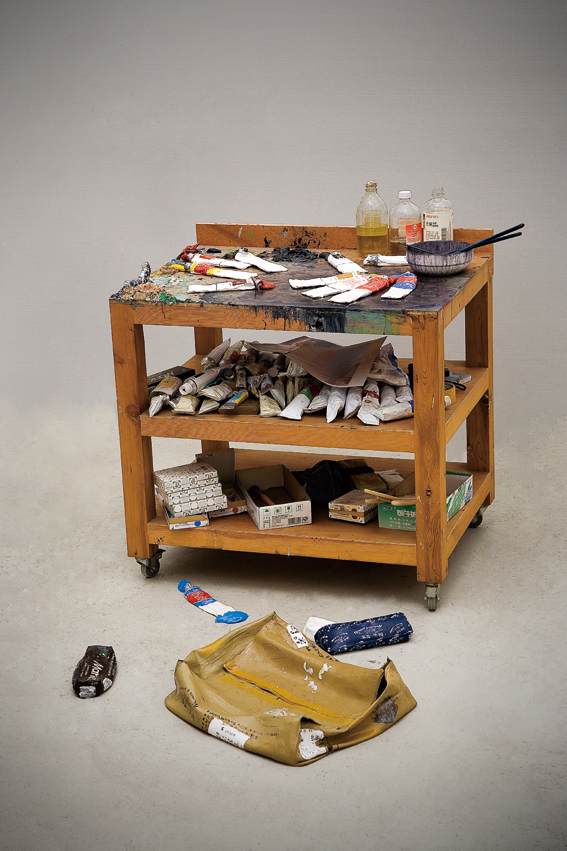
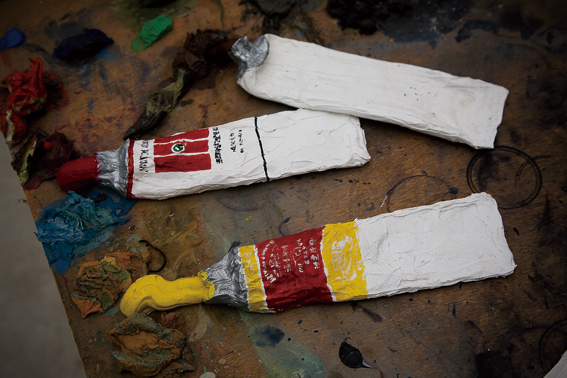
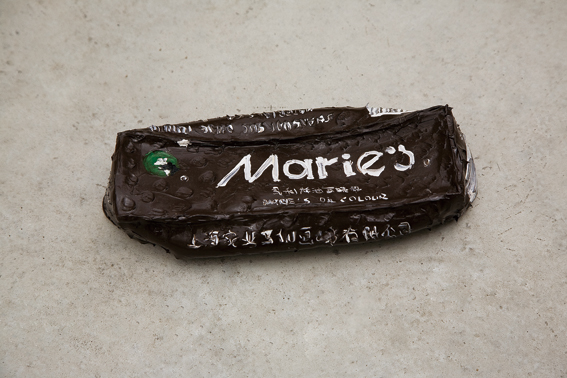
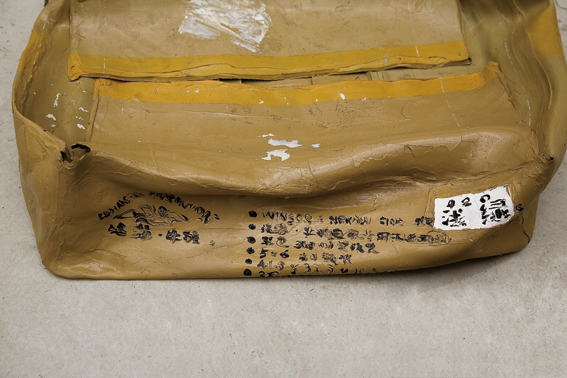
Pigment s Pigment
2008
Installation
Variable Dimensions




Jiang jianjun
Linen Stitched with Red and Blue Threads
Linen and threads
60×60cm
2008
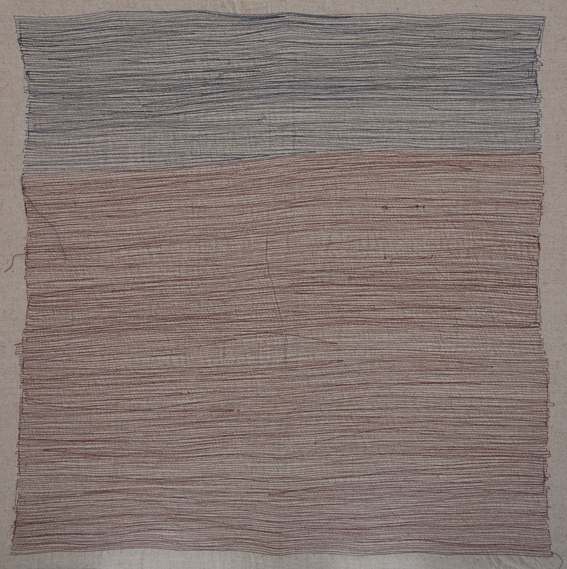
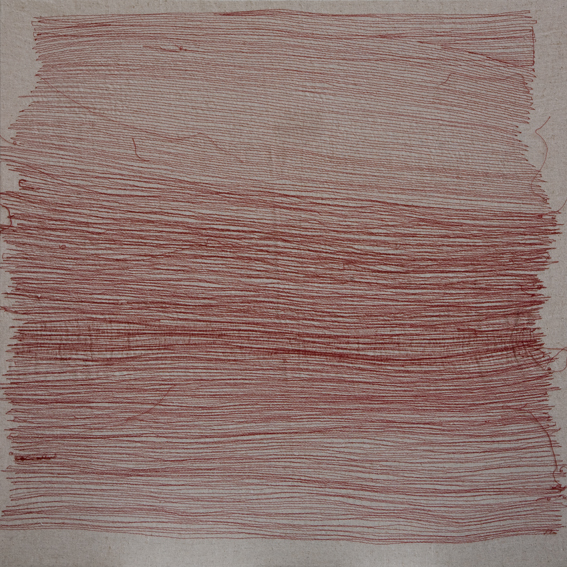
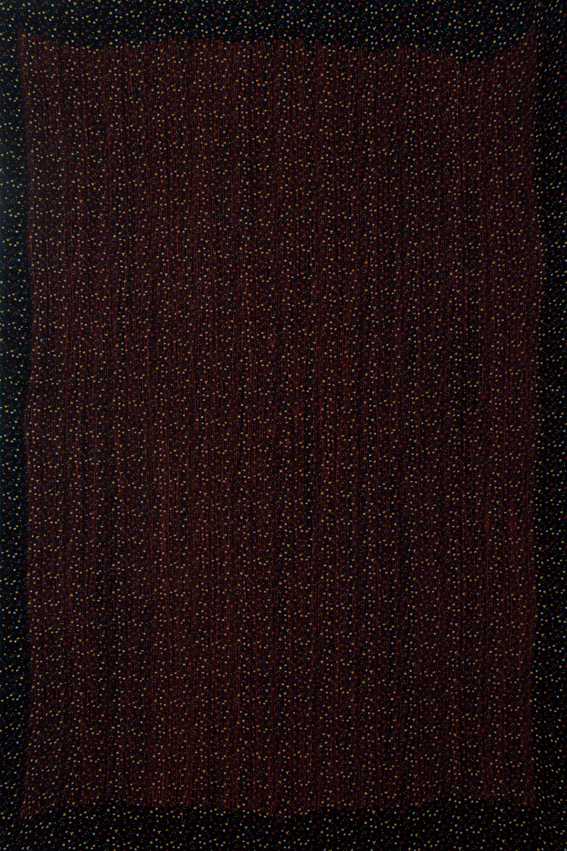
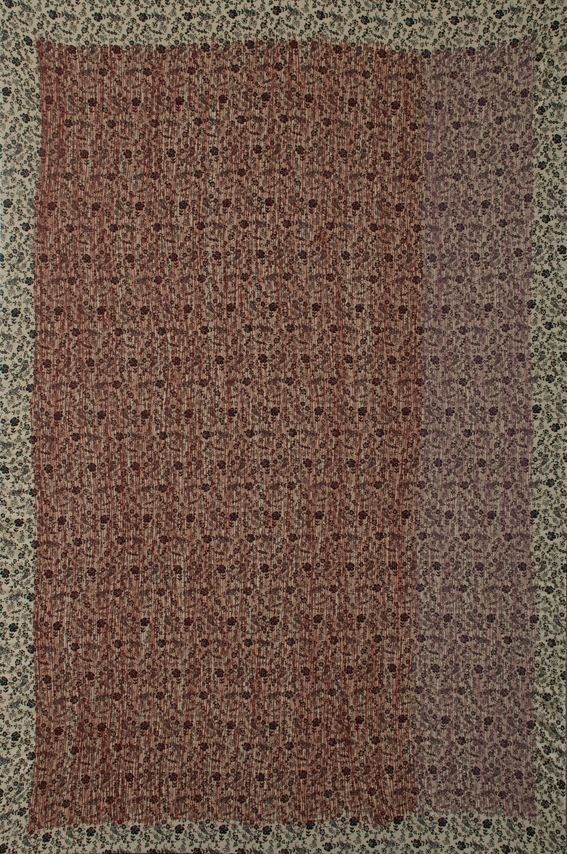
Linen Stitched with Red and Blue Threads
Linen and threads
60×60cm
2008




Jin jiangbo

China Market Scene-A Toy Shop in the Toy Zone of International Trade Center, Yiwu, Zhejiang Province
Photography
300×75cm
2007

China Market Scene-West Area of Wool Textile of Binwang Market, Yiwu, Zhejiang Province
Photography
300×75cm
2007

Economic Withdrawl-Dongguan Scene, the Canteen of a Taiwan-invested TV Production Enterprise
Photography
300×75cm
2008

Economic Withdrawl- the Examination Workshop of a Foreign-invested TV Production Enterprise
Photography
300×75cm
2008

Economic Withdrawl-the Workshop of a Foreign-invested TV Production Enterprise NO.3
Photography
300×75cm
2008

China Market Scene-A Toy Shop in the Toy Zone of International Trade Center, Yiwu, Zhejiang Province
Photography
300×75cm
2007

China Market Scene-West Area of Wool Textile of Binwang Market, Yiwu, Zhejiang Province
Photography
300×75cm
2007

Economic Withdrawl-Dongguan Scene, the Canteen of a Taiwan-invested TV Production Enterprise
Photography
300×75cm
2008

Economic Withdrawl- the Examination Workshop of a Foreign-invested TV Production Enterprise
Photography
300×75cm
2008

Economic Withdrawl-the Workshop of a Foreign-invested TV Production Enterprise NO.3
Photography
300×75cm
2008
Jin Shi
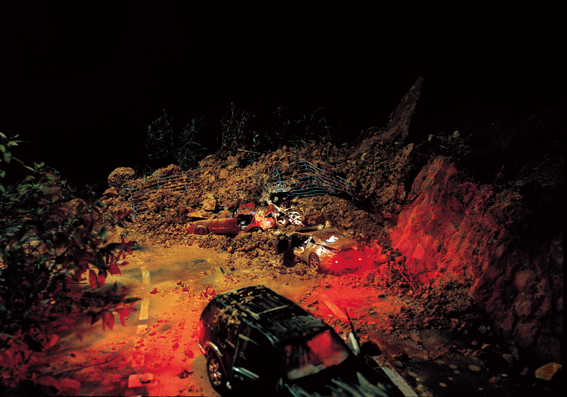
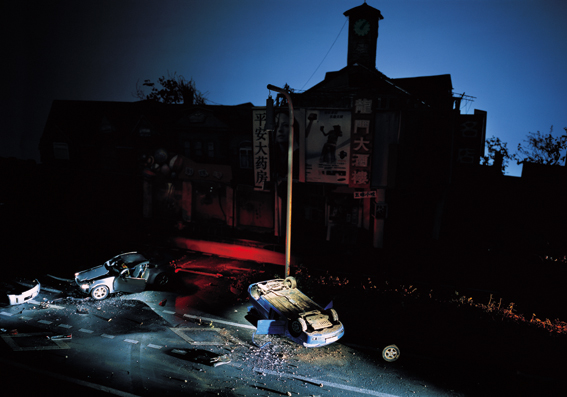
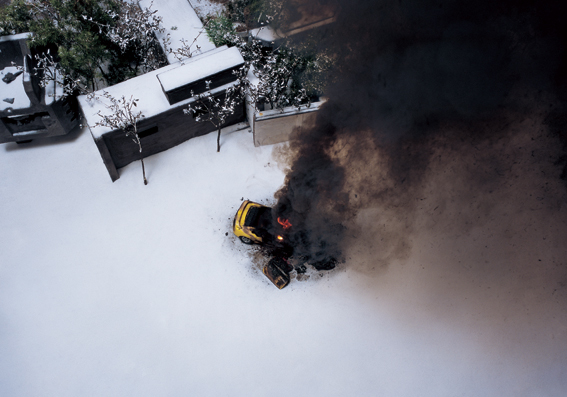
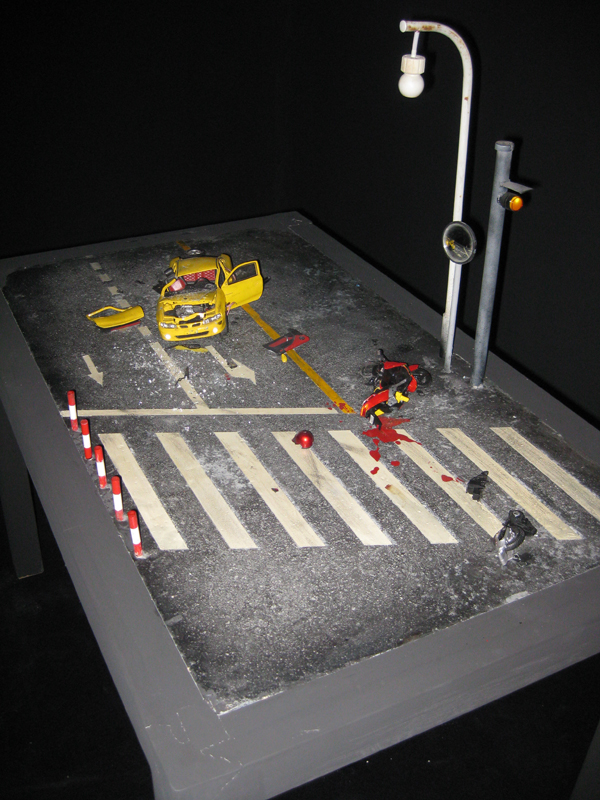
02:58
Photography
200×140cm
2007
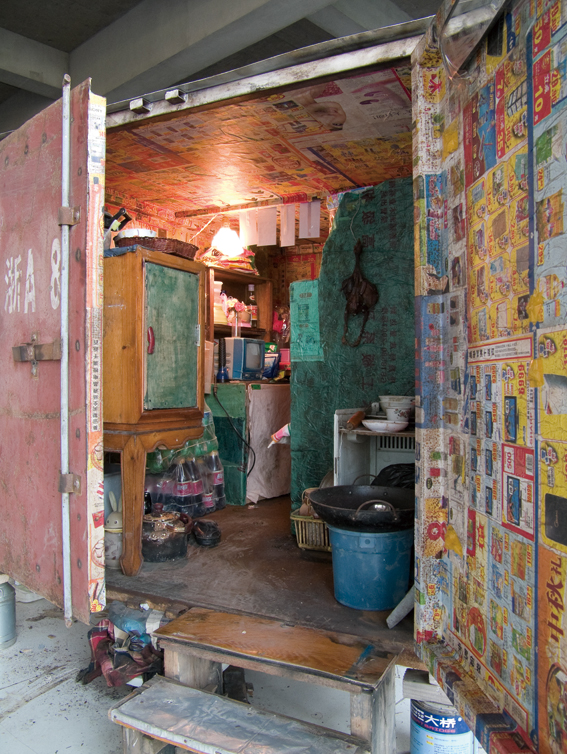
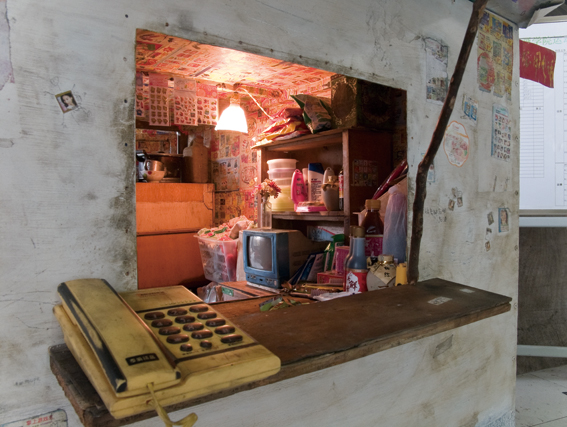
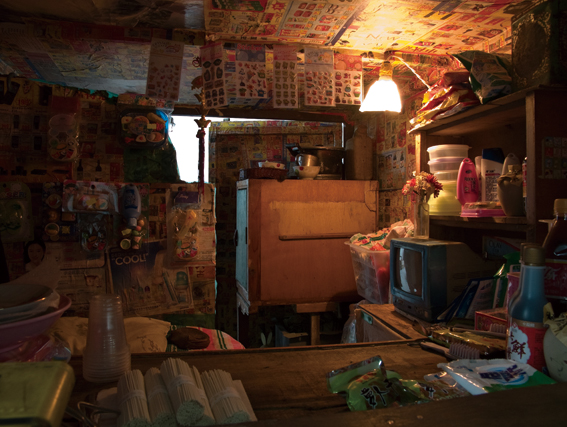
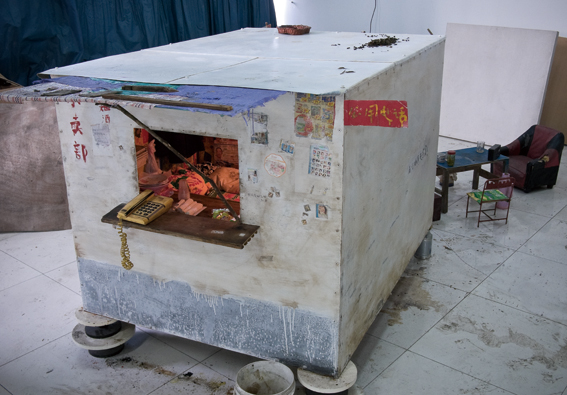
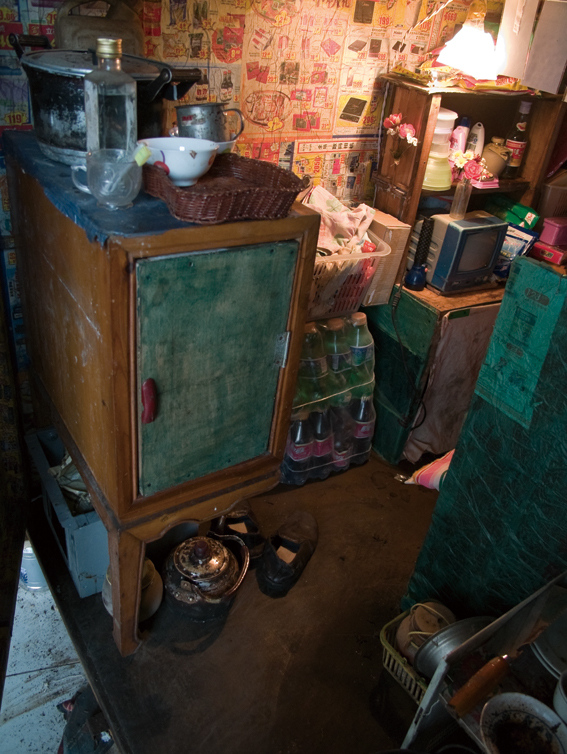
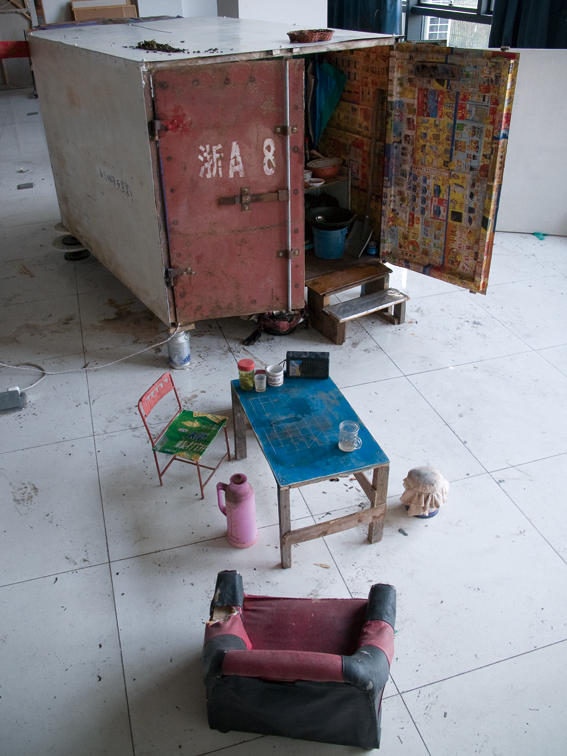
Make a Living
Mixed media
280×120×98cm
2007-2008




02:58
Photography
200×140cm
2007






Make a Living
Mixed media
280×120×98cm
2007-2008
Liu Chuang
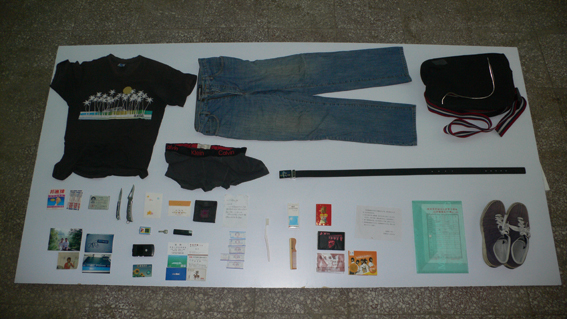
Buying Everything On You(Su Zuoqiang)
Installation
120×240×20cm
2006
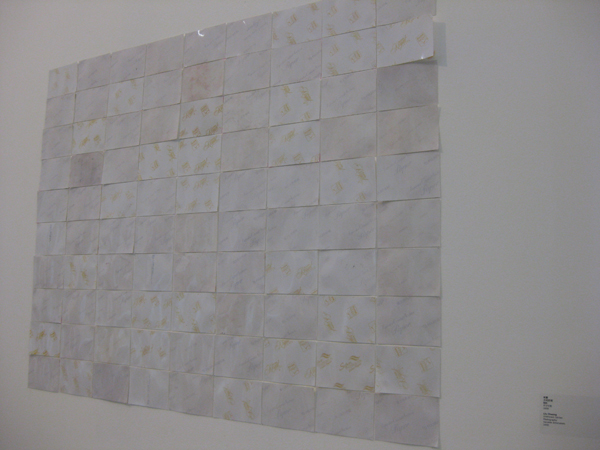
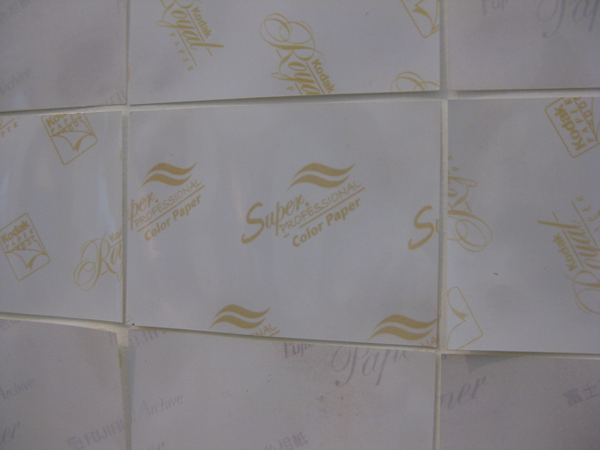
Unknown Series
Photography
100×130cm
2008

Buying Everything On You(Su Zuoqiang)
Installation
120×240×20cm
2006


Unknown Series
Photography
100×130cm
2008
Su Wenxiang
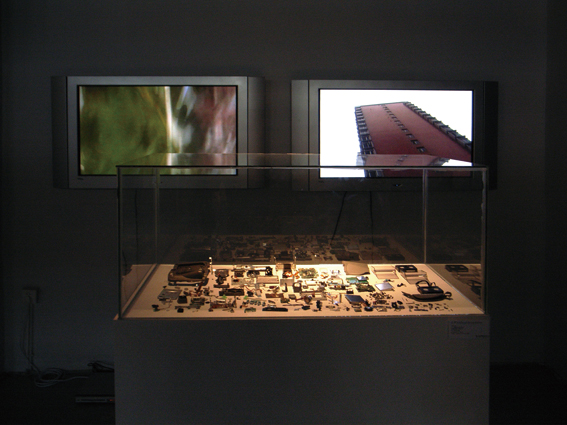
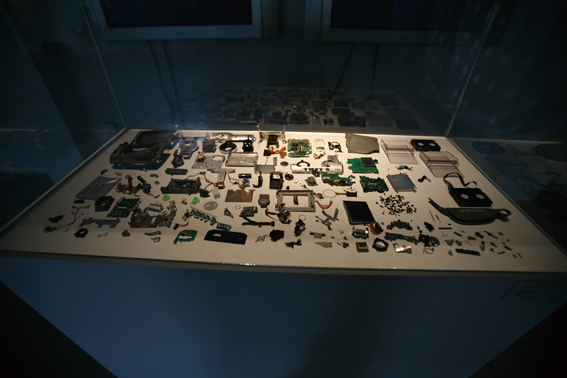
A Camera‘s Fate
Double channel video installation
40 secs for each video part, colour, sound, loop
2007


A Camera‘s Fate
Double channel video installation
40 secs for each video part, colour, sound, loop
2007
Wang Guangle
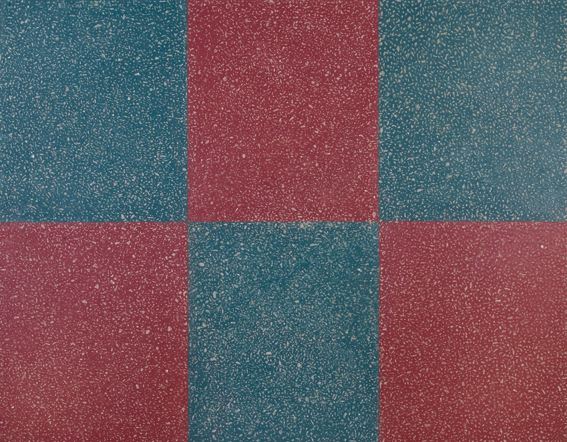
Terrazzo200811
Oil on canvas
230×180cm
2008
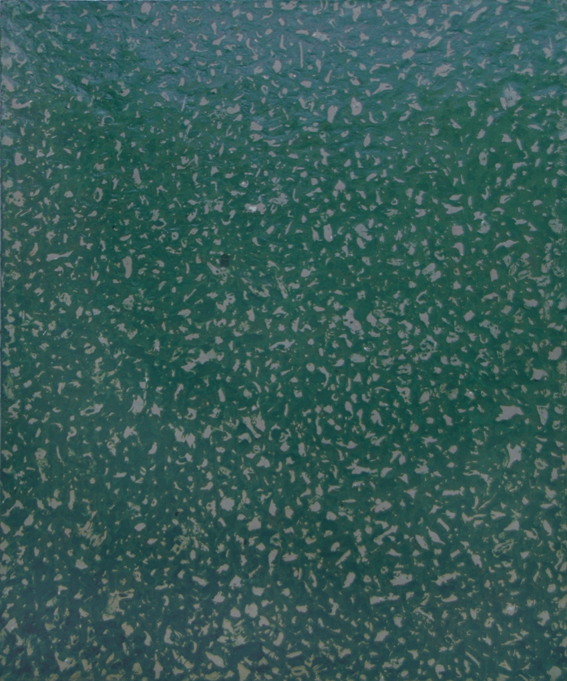
Terrazzo080830
Oil on canvas
50×60cm
2008
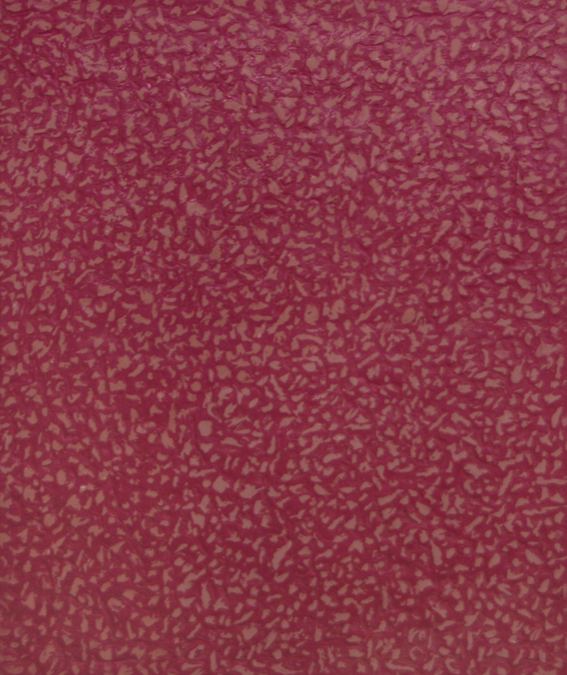
Terrazzo080831
Oil on canvas
50×60cm
2008

Terrazzo200811
Oil on canvas
230×180cm
2008
Terrazzo080830
Oil on canvas
50×60cm
2008
Terrazzo080831
Oil on canvas
50×60cm
2008
Wang Sishun
Time Required for Social Labor
Installation (Coins, hourglass)
2008
Note: Melted Coins were made into steel bars, and then ground to steel pins. The steel dust collected during grinding was put into the hourglass.
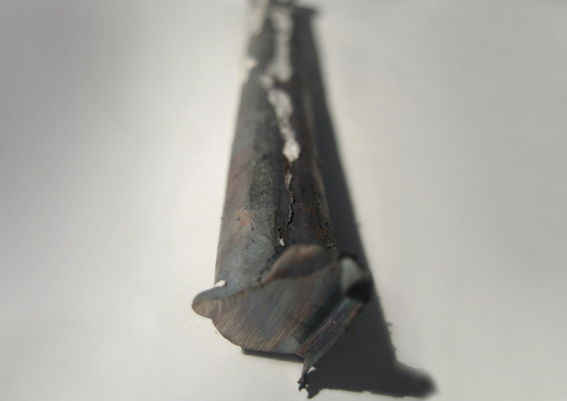
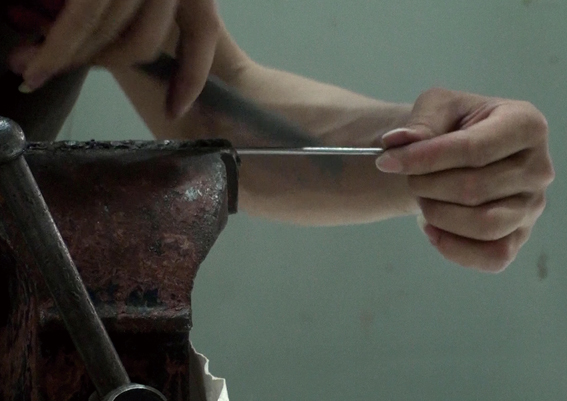
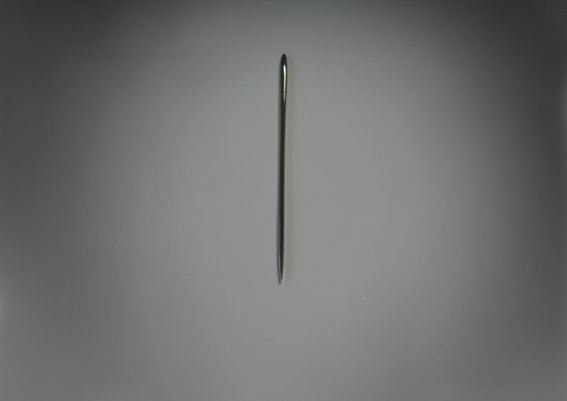
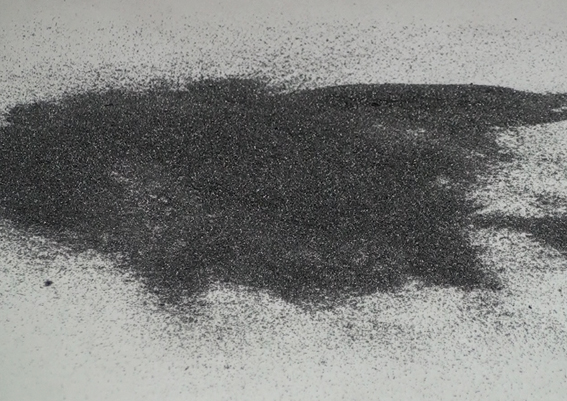
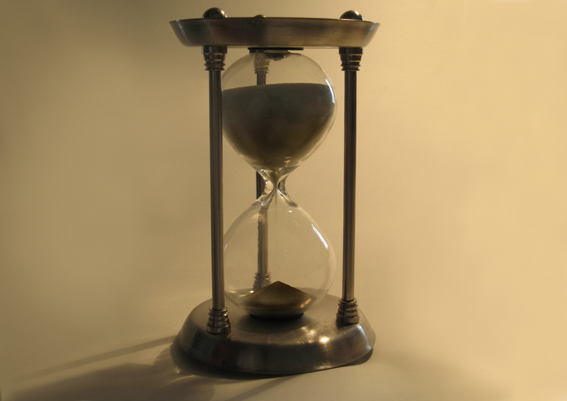
Altitude 33000feet Temperature-81F
Mixed Media
10×1.8cm
2008
Time Required for Social Labor
Installation (Coins, hourglass)
2008
Note: Melted Coins were made into steel bars, and then ground to steel pins. The steel dust collected during grinding was put into the hourglass.





Altitude 33000feet Temperature-81F
Mixed Media
10×1.8cm
2008
Yang Xinguang
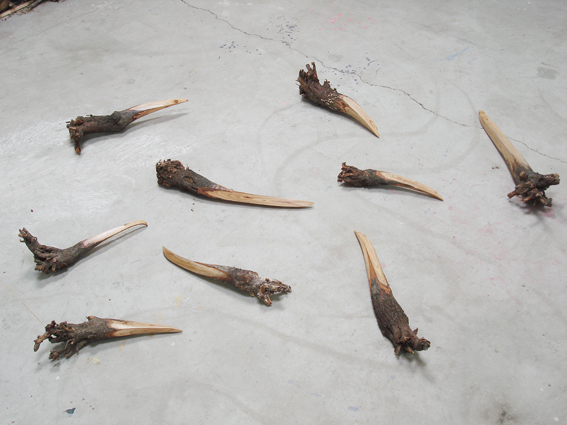
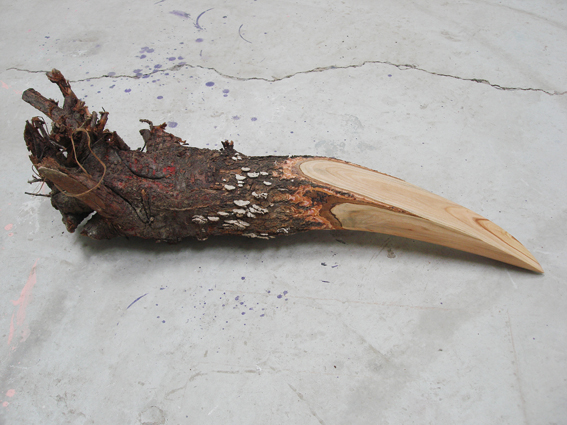
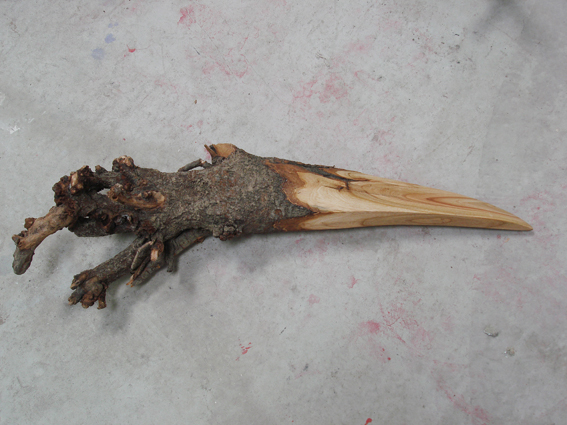
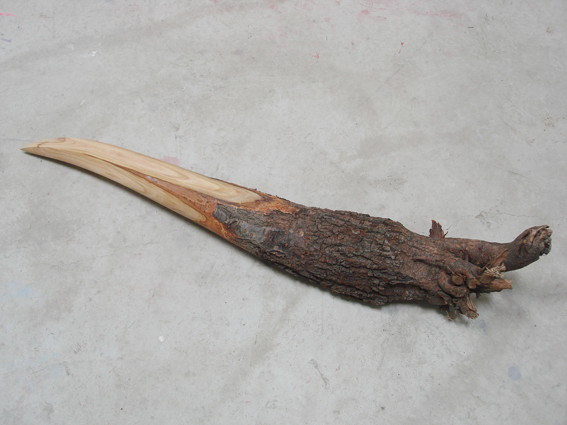
Dead Birds
Peach wood
4×4m
2008
Dead Birds
Peach wood
4×4m
2008